Finally, three months after its elections, Italy has produced a new creature in the political biosphere: a “populist but technocratic” government. What we will be watching is not really the result of a Frankenstein experiment, rather something closer to a genetically modified organism. Such a pairing is probably something unheard of in history: Into a populist coalition was inserted some technocratic elements in the most critical ministries. The rationale might be less abstruse than it seems: You can make the nationalist at home, but only if you keep your populist fingers away from interdependent policies.
The two anti-establishment parties that form the coalition, the Five Star Movement (FSM) and the League, will grant a parliamentary majority, though not a large one, to the new government. They will also pretend, through their rhetoric, that their government will be close to the ordinary people. This slogan may resound and even create a sense of community in a disoriented electorate, growing disenchanted with democracy.
However, during the final negotiations, the president of the Republic, Sergio Mattarella, managed to insert a number of external and technically competent figures in the list of ministers. The all-important Finance Ministry will be led by an economist, Giovanni Tria, who has no known familiarity with either FSM and League, although he had some proximity with past center-right governments. The foreign minister, Enzo Moavero, was a member of the non-partisan and pro-European Monti Cabinet, between 2011 and 2013. Other ministers have no political affiliation. Even Prime Minister Giuseppe Conte, a relatively unknown professor of private law, has no previous political or administrative experience.
Genetically modifying the coalition led by Luigi di Maio, head of the FSM, and Matteo Salvini, head of the League, was crucial, given how unusually inexperienced the two leaders are (they now both serve as ministers and vice-premiers). Di Maio, for instance, was barely 20 years old in 2007 when the global financial crisis erupted. He dropped out of his studies and never had a job before entering the FSM. So his first job will be as labor minister.
The two populist leaders will have to learn fast. In recent weeks, leaked coalition plans—indicating that Italy could abandon the European monetary union—provoked a strong bout of financial instability. Yields on Italy’s sovereign bonds immediately escalated to dangerous levels. Di Maio and Salvini appeared shocked, and probably for the first time became aware that the margin of error is very slim for a highly indebted country.
However, the real reason a GMO government became urgent was probably the need to avoid a new election. A new vote could have turned into a referendum on the rules of the euro and ultimately on Italy’s permanence in the monetary union. Political deadlines of this kind lure financial investors into “asymmetric bets” where selling sovereign bonds, rather than buying them, brings higher rewards and little risk. In a matter of weeks or even days, Italy would have lost access to markets. A European country that cannot fund its debt could still request financial assistance by the European institutions. However, the government needs to underwrite a memorandum of understanding and get it approved by parliament. A purely technocratic government would have not been able to ensure the parliament’s approval. An unintended inertial exit from the euro could have ensued.
According to the polls, although nationalist feelings are on the rise, 70 percent of Italians favor the euro, rather than returning to their own currency. Abandoning the euro would also change Italy’s position as a European country and a founding member of the European community. Such a dramatic change, envisaged in the original plans of the FSM-League coalition, could even violate the letter of the Italian constitution. The “Carta” states Italy’s adhesion to the international treaties, thus binding the country to the European and Atlantic communities. Leveraging the constitution, the president of the republic was able to win the first confrontation with the populist parties, vetoing the nomination of a fiercely Eurosceptic economist, Paolo Savona, as finance minister, but will the nomination of more technocratic ministers be enough?
Although the idea of abandoning the euro has receded, its shadow will linger on.
Although the idea of abandoning the euro has receded, its shadow will linger on. For this reason, it is critical to understand how the most enthusiastic pro-European people could turn their back to Europe and openly toy with the idea of abandoning the European integration project. In short, the political responses to the recent crises have been inadequate—at the national, as well as at the European level. Lack of solidarity and cooperation made Europe’s economic problems deeper and more differentiated from country to country. A new nationalist language took hold of the public discourse in most countries stoking reciprocal hostility.
The domestic side of Italy’s economic problem is well known. Italy’s economic weakness is rooted in low productivity, rapid ageing and very poor governance in the southern regions of the country. All of these problems have been well known for decades, if not centuries, and clearly pre-date the beginning of the monetary union. Pro-European Italians embraced the euro thinking that European standards would have facilitated the structural changes. Stability and consensus were seen as two faces of the same coin and two mutually reinforcing objectives. Unfortunately, when the global crisis erupted and the gravest economic recession in living memory hit the country, stability proved fictitious and consensus collapsed.
Many of the Italian problems are self-inflicted. For instance, delaying a fiscal correction after the introduction of the euro made the country fiscally defenseless when the global crisis buffeted it in 2008. High private saving rates spared a request of European assistance. Other countries—Greece, Ireland, Portugal, Spain, and Cyprus—needed help. But Italy had a positive current account, strong industry, and a long experience in managing its own instability. The rest of the blame needs to be laid on Europe’s threshold.
Since the beginning of the euro, fundamental mistrust among countries sharing the same currency inspired an intricate and detailed set of rules governing the European Monetary Union. Lack of trust shortened the horizon of common policies, reducing the European governance to an extenuating exercise of short-term verification of minute commitments. The crisis was thus not confronted through adequate and ambitious macroeconomic policies, but through a pedantic and angry negotiation between ex-ante fiscal objectives and ex-post violations. Moral hazard was thus contained through meticulous control—for instance, prescribing austerity in 2011 and 2012, notwithstanding the recession that was still plaguing Italy—at the cost of neglecting structural policies. The lack of structural solutions provoked damages and frustration. Unemployment remained exceedingly high even after the recovery kicked in. Younger generations were captured by a sentiment of uncertainty about the future and grew disenchanted with Europe and with the establishment. Paradoxically, the new and widespread euroskeptic sentiment made the same mistake that originated it, focusing on fiscal policies and blaming austerity, rather than calling for structural solutions.
Since the beginning of the euro, Europe and Italy have entered a political doom loop.
What has gone wrong is that since the beginning of the euro, Europe and Italy have entered a political doom loop. Italy’s weak structural economy justified mistrust by some European partners, fearing that its public debt was unsustainable. Rather than working together on making the economy stronger, the European governance focused almost exclusively on fiscal stability. When the crisis hit, Italy’s GDP collapsed and the fiscal position became precarious. Europe asked Italy to restore fiscal sustainability cutting its deficit at the cost of a deeper recession. The economy tanked and structural problems became deeper. This time was Europe’s credibility to take a hit. Now both Italy and Europe are stuck in a credibility doom loop.
The new government’s European policy is undoubtedly more unpredictable and much more risky than any other in Italy’s recent history. Nevertheless, both Europe and Italy, maybe for the first time, can now be more explicit about the respective flaws. Remedies can be more openly discussed.
Much will depend on the quality of the “gene modifications” introduced in the new government via the finance and foreign ministers and by their capacity to prevail on the populist pressures supported by the political legitimation of the elections. On the power of technocrats to resist populists, one needs to remain skeptical and judgment needs to remain suspended until deeds follow. In general, a contrived coexistence between reckless populist and independent experts cannot last long. However, tacit tolerance between Europe and Italy was not the best way to proceed and probably the silent compromises left free hand to populist propaganda.
The Brookings Institution is committed to quality, independence, and impact.
We are supported by a diverse array of funders. In line with our values and policies, each Brookings publication represents the sole views of its author(s).

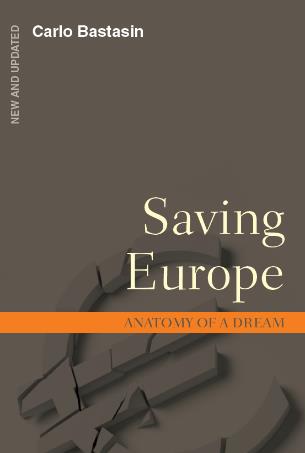
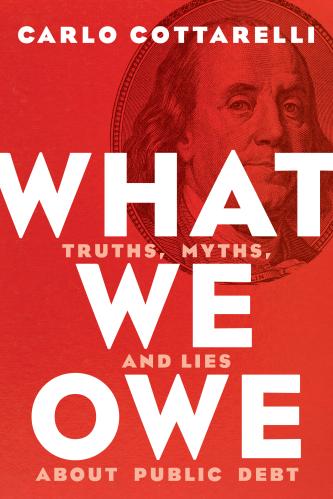
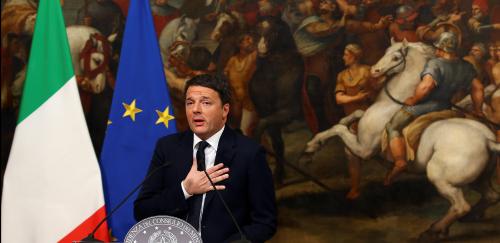
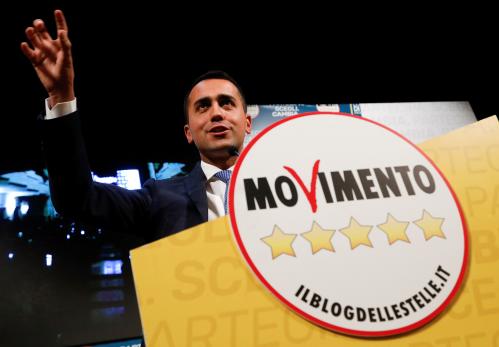




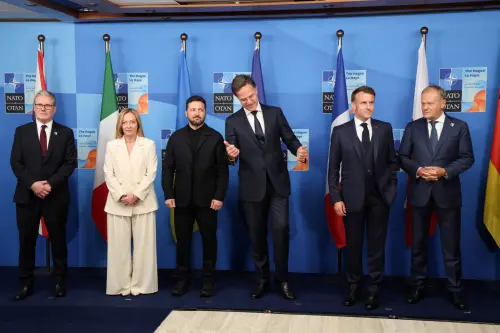
Commentary
Italy’s hazardous new experiment: Genetically modified populism
June 1, 2018